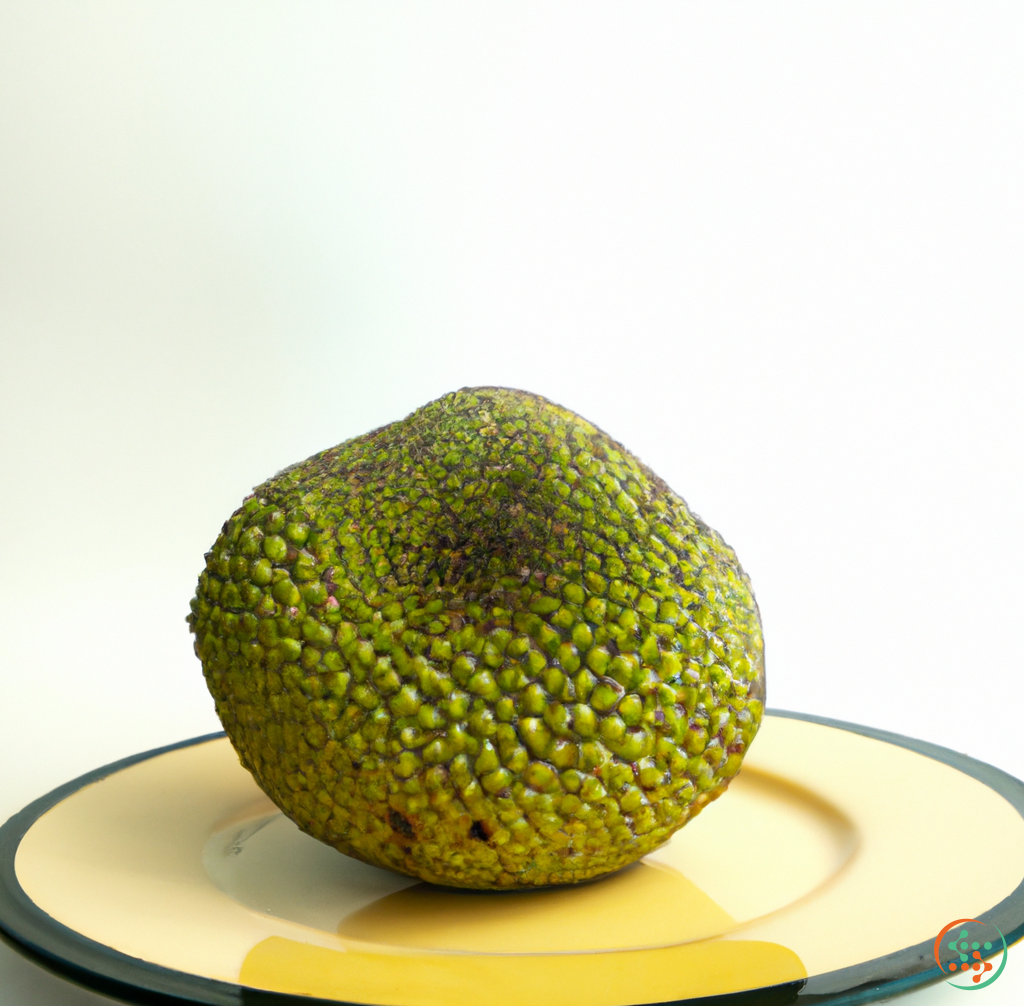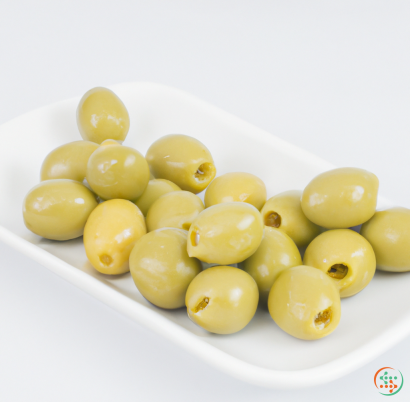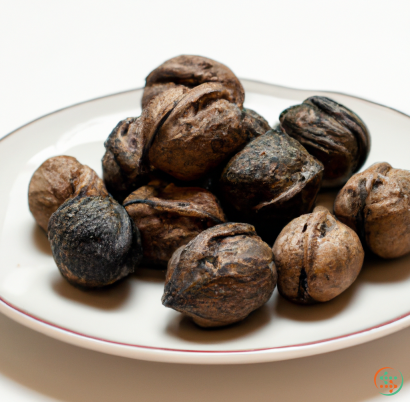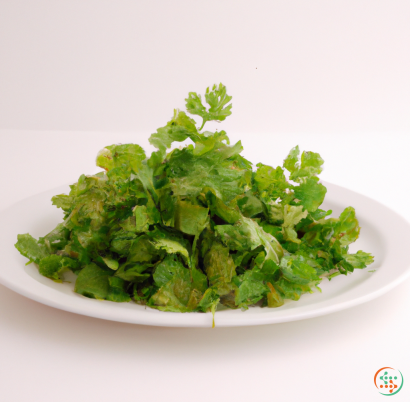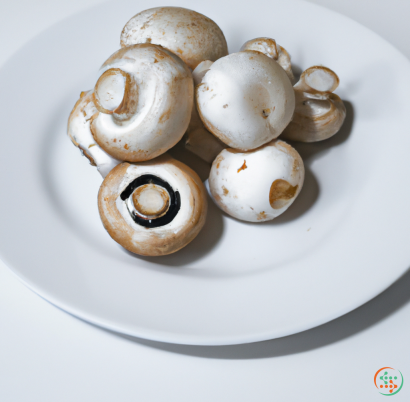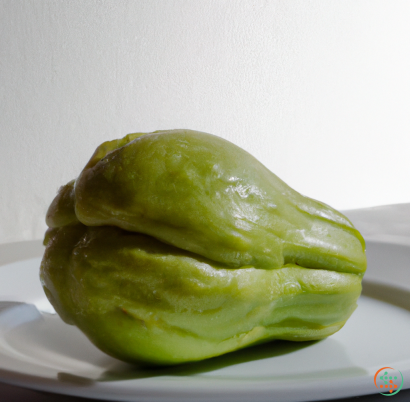Breadfruit
If you’ve ever encountered a distant relative of the jackfruit, then you’ve encountered a breadfruit. It may not top your list of favorite fruits, but it is a tropical fruit with an interesting history and versatile uses. Let’s take a look at what a breadfruit is, where to find it and how to use it.
Breadfruit comes from the mulberry family and is an evergreen tree. The trees can reach up to 60 feet tall, with large spreading branches and large edible fruits that can range in size from a tennis ball to a soccer ball. Its most distinctive feature is its bumpy, textured exterior that many compare to a pinecone.
The flavor of the breadfruit is not very exciting when eaten raw. It is firm, starchy and slightly bitter. Its texture is somewhat absorbed when cooked and its taste and texture often compared to a combination of a potato and a yam or a banana.
Breadfruit is native to South and Southeast Asia, Polynesia and the Caribbean. Today, it can be found in the tropical regions of the world in tropical groves or in markets specializing in Southeast Asian products. In the markets, it might be labeled "Jackfruit" even though there is a difference between the two.
Breadfruit can be enjoyed cooked or roasted. Roasting brings out the natural sweetness of the fruit. The cooked flesh of the fruit can be used as a meat substitute or in stews. Breadfruit is also transformed into chips, fries, desserts and fermented into wine.
Breadfruit can be used in a variety of recipes including curries and salads. It can be served boiled, roasted, fried, and blended in a creamy soup. It can also be made into a paste, pancakes and pastries. When it is dried and ground up, it becomes a flour that can be used in baking and as a thickener in other recipes.
Breadfruit is a excellent source of dietary fiber, vitamins, and minerals, including potassium, calcium, magnesium and iron. It is high in carbohydrates, low in fat and contains high amounts of Vitamin C. Furthermore, breadfruit is a very sustainable crop as there is no need for fertilizers or chemical inputs, making it a great option for organic gardens.
In addition to being a tasty and nutritious food source, breadfruit has a longer growing season than most other crops. Breadfruit trees produce a higher yield than some other crops and are drought tolerant and resilient against many pests, making it an ideal crop in areas affected by climate change.
Breadfruit is a great source of nutrition, has a number of different uses, and is fairly easy to find. Its remarkable qualities go far beyond the dinner table and make it a great crop choice to help battle world hunger, deforestation and climate change.
Breads have been a staple in diets around the world since ancient times, with some cultures using bread as a primary source of sustenance. Breads are created from a plethora of grains and starches, but one breadfruit stands out amongst the others in its unique composition and variety: the breadfruit. Originating in the South Pacific, this starchy fruit has been used for centuries by various cultures as both a staple food and a source of nutrition, lending to its status as a prized commodity and a major food source for many populations. In this blog post, we will explore the journey of breadfruit from the tree, to our dinner plate.
The breadfruit tree, known scientifically as Artocarpus altilis, is part of the mulberry and fig family, and is native to the South Pacific Islands. It can grow as high as 50 ft, and its trunk is covered in bumpy scales and short spines. Its bark is light gray with a yellowish hue and its dense foliage changes color throughout the year, with some varieties having glossy, dark green leaves and others possessing pale-green leaves, flecked with yellow.
Breadfruit flowers are either male or female, and the male and female trees must be present in order for the fruit to form. Male breadfruit flowers have a sweet lemony smell, attract a variety of pollinating insects, and are yellow-green in color. Female breadfruit flowers are also yellow-green in color, but lack the strong smell of their male counterparts. They are pollinated by the male flowers—as well as other pollinators such as ants and beetles—and the fertilised flowers bear fruit several months later.
Breadfruit have oval or round shapes, can range in size from the size of an apple to up to the size of a medium-sized cantaloupe, and usually weigh between 1-3 pounds. They can be green, yellow, or purple in color depending on the variety and are typically covered in warty, papery protuberances. The flesh has a mild, sweet taste and a creamy texture. The seeds, if present, are small and creamy, resembling those of a chestnut.
Harvesting a breadfruit requires delicate handling, as the mature fruit must be picked from the tree at the appropriate time in order for it to remain intact and delicious. Green, unripe breadfruit are fairly resistant to bruising or damage, and can be collected for ripening and transportation. Riper breadfruit will yield sweet, fragrant flesh and can easily be cut into edible slices or cubes, depending on the context in which it is being served.
After the breadfruit is harvested, it must be prepared for consumption by one of several methods. Baked breadfruit can be boiled, steamed, grilled, or roasted. Boiled breadfruit is often mashed and added to soups, salads, and stews. Grilled breadfruit is a popular snack or side dish. Roasting breadfruit brings out its sweet, nutty flavor, and is often enjoyed with butter and sugar, reminiscent of a sweet potato.
Once the breadfruit is prepared, it can be enjoyed immediately, or stored for further use. Breadfruit can be stored for long periods of time by dehydration, a process which removes the water from the fruit. To dehydrate breadfruit, the moist fruit is spread on large trays or sheets and dried in a cool, dark location for several hours or days, depending on the desired level of dryness. Dried breadfruit can be ground into flour and used in baked goods, or rehydrated by soaking it in water or milk for a few hours and enjoyed in a variety of dishes.
Breadfruit is a versatile and nutritious food item, providing an array of vitamins and minerals as well as proteins and carbohydrates. It is low in fat and sodium, and is high in iron, potassium, calcium, and phosphorus. It is also a good source of dietary fiber and when combined with other grains, can make a nutritious and hearty meal. The fruit is also rich in antioxidants and can help prevent various chronic diseases.
The journey of breadfruit from the tree to our dinner table is truly a remarkable feat, incorporating many stages of growth, preparation, and storage in order to provide an array of delicious and nutritious dishes. From its harvest and preparation, to its many wholesome benefits, the breadfruit is a prized commodity and staple food enjoyed by people around the world.
| Vitamin E | 0.1 mg | |
| Vitamin K | 0.5 ug | |
| Vitamin C | 0.029 grams | |
| Vitamin B1 | 0.11 mg | |
| Vitamin B2 | 0.03 mg | |
| Vitamin B3 | 0.9 mg | |
| Vitamin B4 | 0.0098 grams | |
| Vitamin B5 | 0.46 mg | |
| Vitamin B6 | 0.1 mg | |
| Vitamin B9 | 0.014 mg |
| Calcium | 0.017 grams |
Daily Value 1.3 g
|
| Iron | 0.54 mg |
Daily Value 0.018 g
|
| Magnesium | 0.025 grams |
Daily Value 0.4 g
|
| Phosphorus | 0.03 grams |
Daily Value 1.25 g
|
| Potassium | 0.49 grams |
Daily Value 4.7 g
|
| Sodium | 0.002 grams |
Daily Value 2.3 g
|
| Zinc | 0.12 mg |
Daily Value 0.011 g
|
| Copper | 0.08 mg |
Daily Value 0.9 mg
|
| Manganese | 0.06 mg |
Daily Value 0.0023 g
|
| Selenium | 0.6 ug |
Daily Value 0.055 mg
|
| Threonine | 0.052 grams | |
| Isoleucine | 0.064 grams | |
| Leucine | 0.065 grams | |
| Lysine | 0.037 grams | |
| Methionine | 0.01 grams | |
| Cystine | 0.009 grams | |
| Phenylalanine | 0.026 grams | |
| Tyrosine | 0.019 grams | |
| Valine | 0.047 grams |
| Total Sugars | 11 grams |
per 100g
|
| Palmitic acid (16:0) | 0.03 grams |
|
| Stearic acid (18:0) | 0.02 grams |
|
| Total Saturated fatty acids: | 0.05 g | |
| Oleic acid (18:1) | 0.03 grams |
|
| Total Monounsaturated fatty acids: | 0.03 g | |
| Linolenic acid (18:3) | 0.02 grams |
|
| Linoleic acid (18:2) | 0.05 grams |
|
| Total Polyunsaturated fatty acids: | 0.07 g | |
